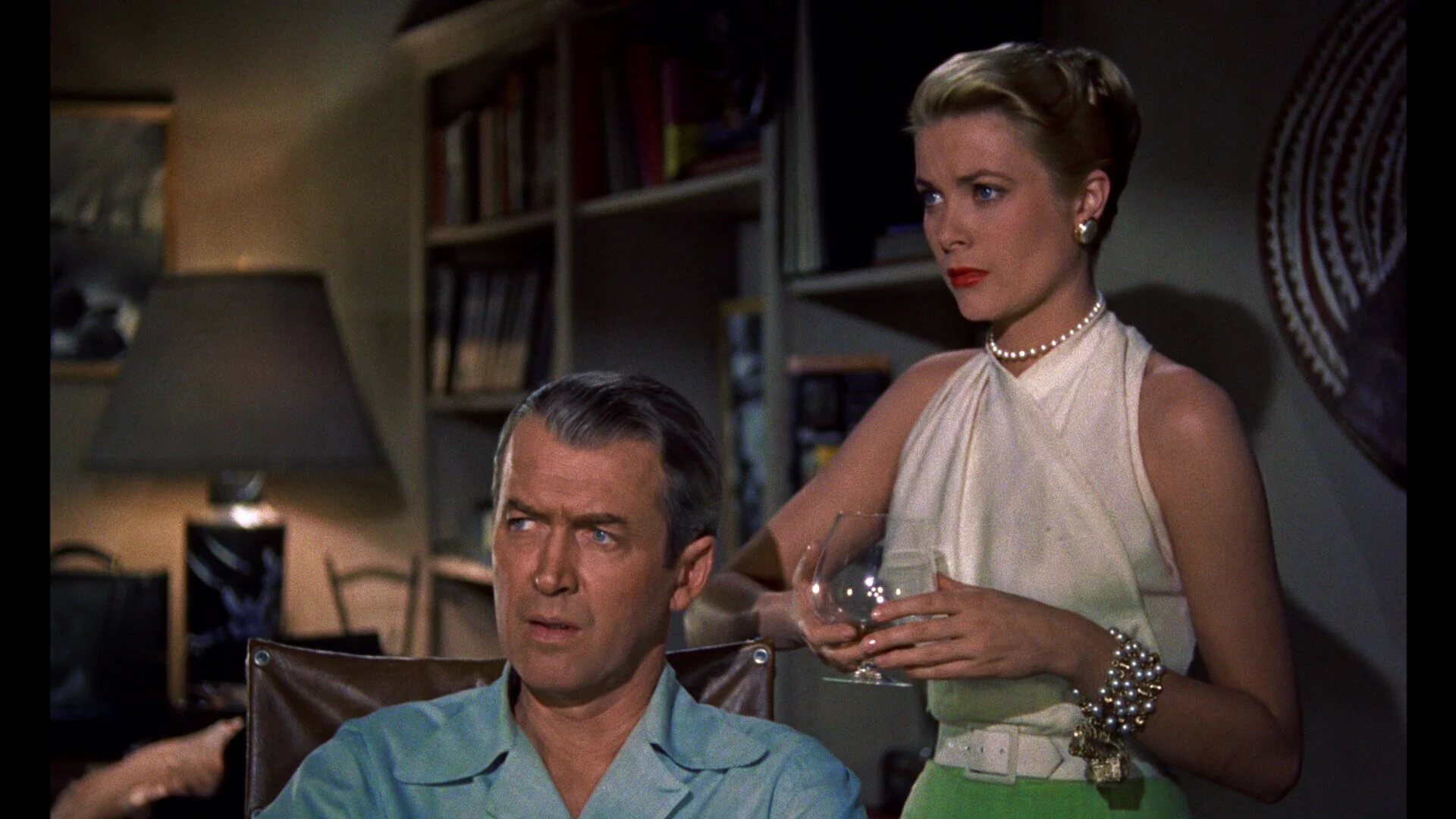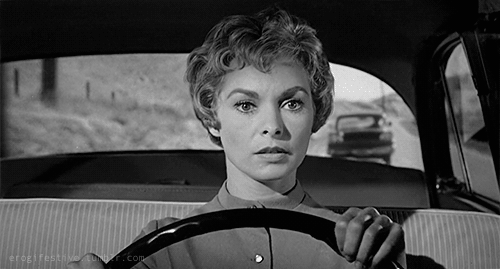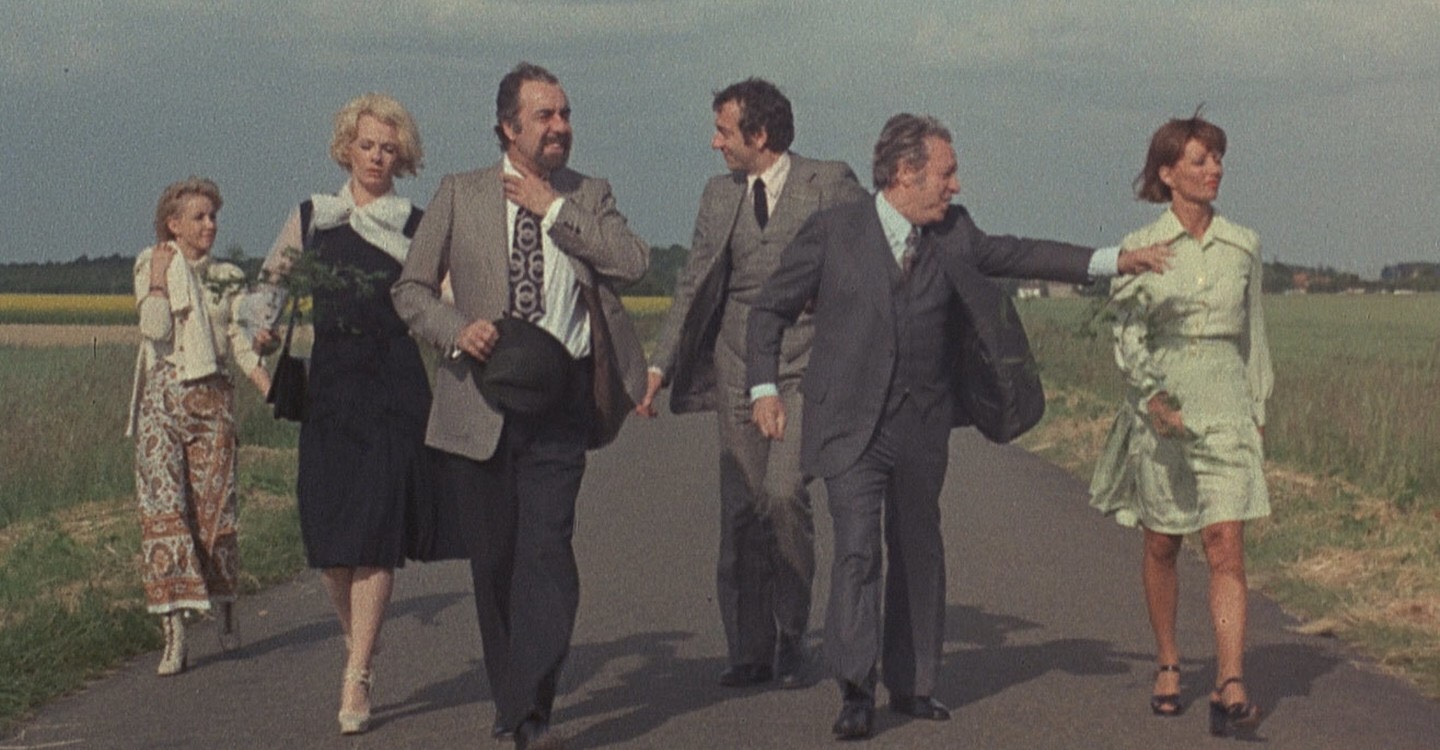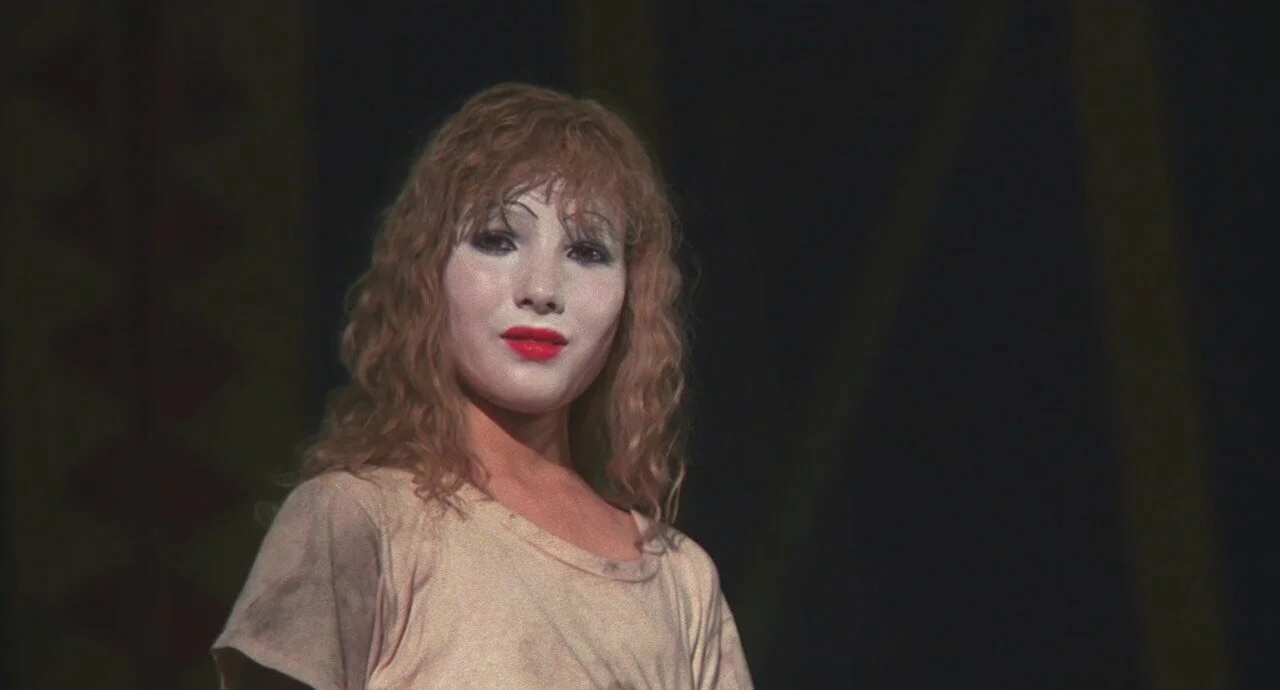Alfred Hitchcock
It’s easy to forget just how original Alfred Hitchcock was when so many filmmakers after him have borrowed (or stolen) his ideas and techniques for their own films. Many times, the best way to enjoy an Alfred Hitchcock film is to put yourself in the shoes of the audience members who watched his films when they premiered. In the case of Hitchcock’s Rear Window, it must have been surprising to see a major Hollywood studio film (with big name stars) take place within the confines of one room for almost all of its run-time. Once you get past the technical brilliance of the movie you can spot the mischievous humor of Hitchcock: He made the audience pay to sit down and watch a movie where the lead character sits for the majority of the movie and watches the dramas of others unfold through his apartment’s window.
Hitchcock is famous for the close attention he had on even the smallest details of his films. Because the movie is told from the point-of-view of Jimmy Stewart’s character, an impressive and elaborate set (even with working plumbing) was built for the exterior shots of the neighbors’ apartments and their windows. It’s no accident that Jeff, the main character, was written as a photographer because it makes sense that he, as an artist, would also share Hitchcock’s obsession with visual imagery. Jeff’s eye for human behavior and body language, proves to be quite useful as he is the only one who initially suspects one of his neighbors is a murderer.
No other film that also takes place in a single location has surpassed the cinematic achievement of Rear Window. It does not rely on a gimmick to do all the work, instead it succeeds at different levels. It is a highly creative and visually iconic thriller. It is one of Alfred Hitchcock’s best films. It is an intriguing commentary on voyeurism and the act of movie-going.
We can judge the main character for spying on his neighbors but Hitchcock tricks us into being the main character’s accomplice by simply watching the movie. Rear Window serves also as a mirror to the viewer’s own voyeuristic tendencies. Every neighbor’s window Jeff (and the audience) looks into is like looking at individual short-films where genres range from romance to murder mystery. Hitchcock is showing us that when we’re not snooping into the lives of others we are essentially doing the same thing but with the characters we see on screen.
director ALFRED HITCHCOCK
year 1954
director of photography ROBERT BURKS
cast JIMMY STEWART, GRACE KELLY and WENDELL COREY
What to read next
















